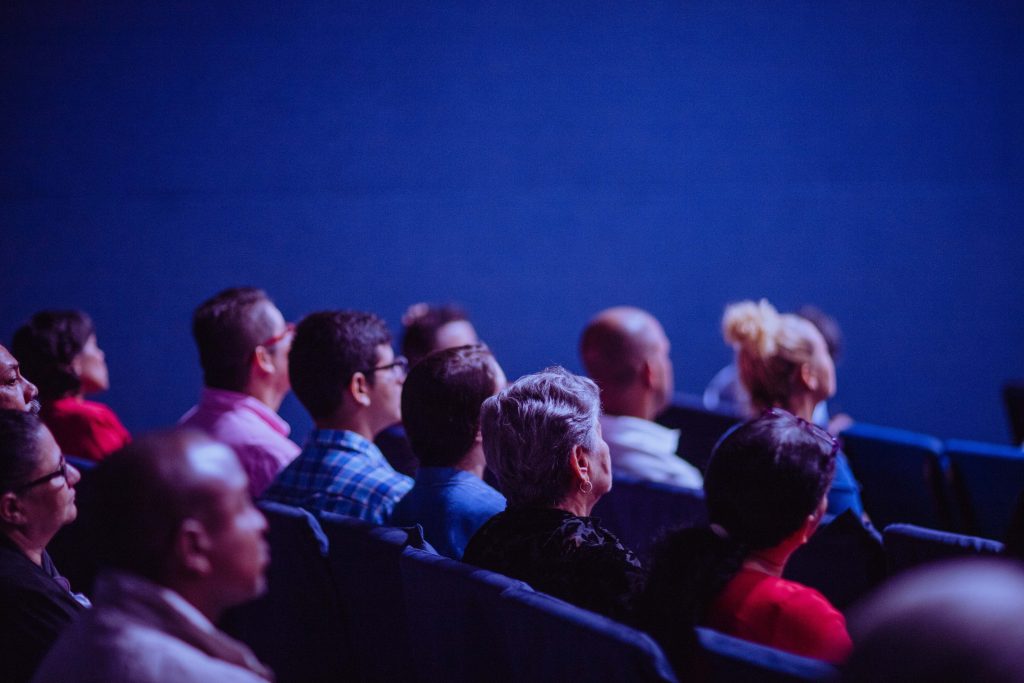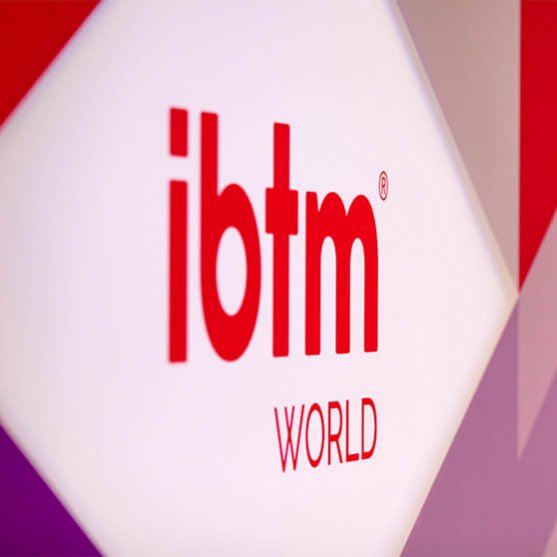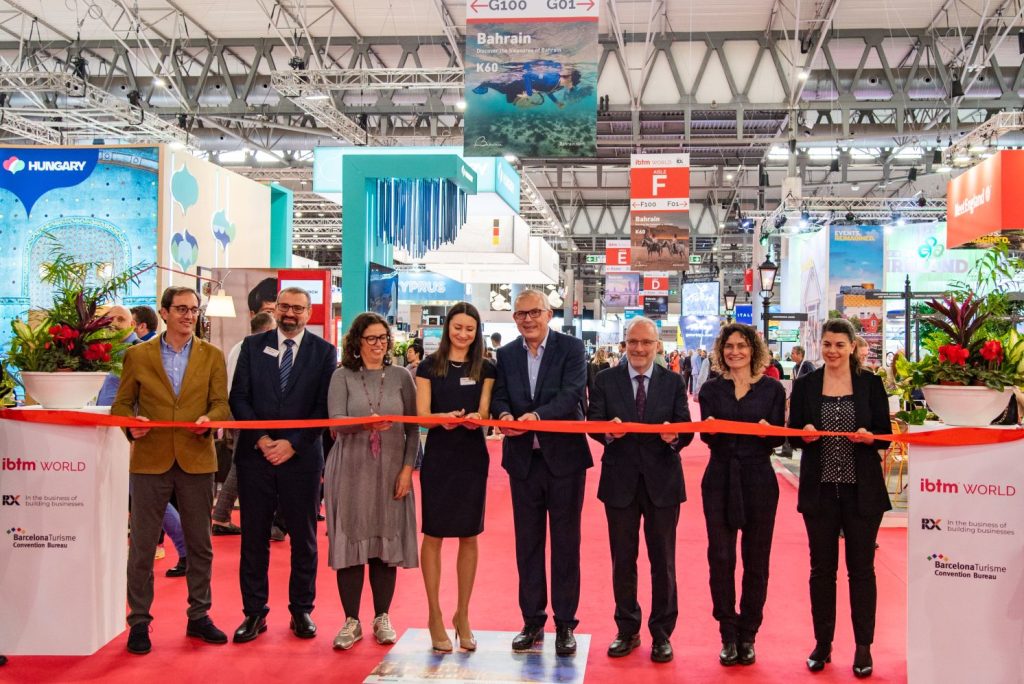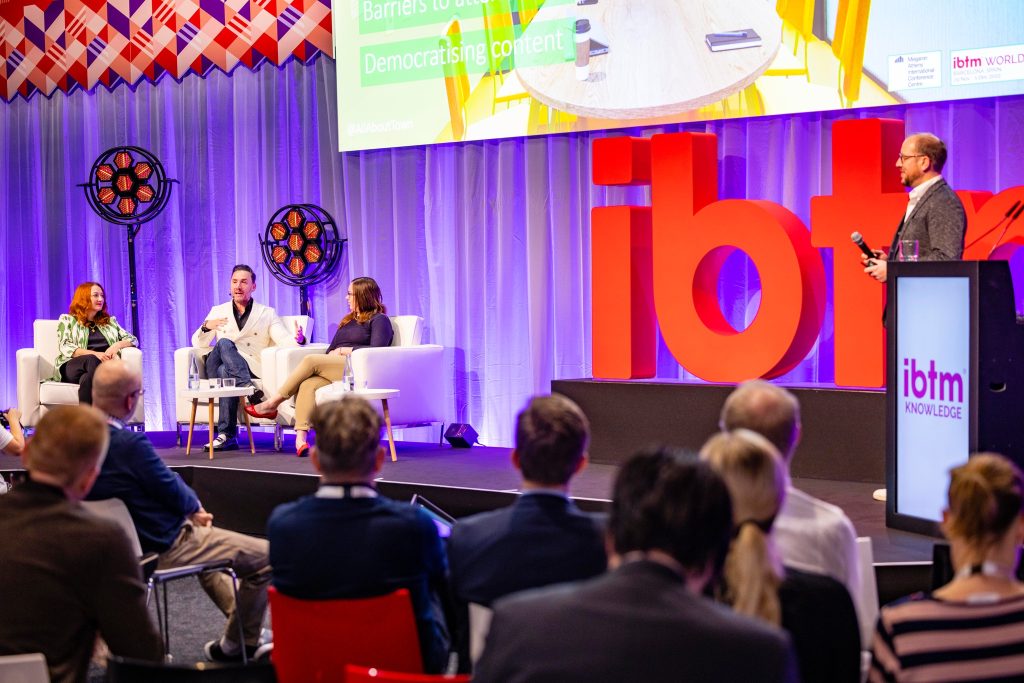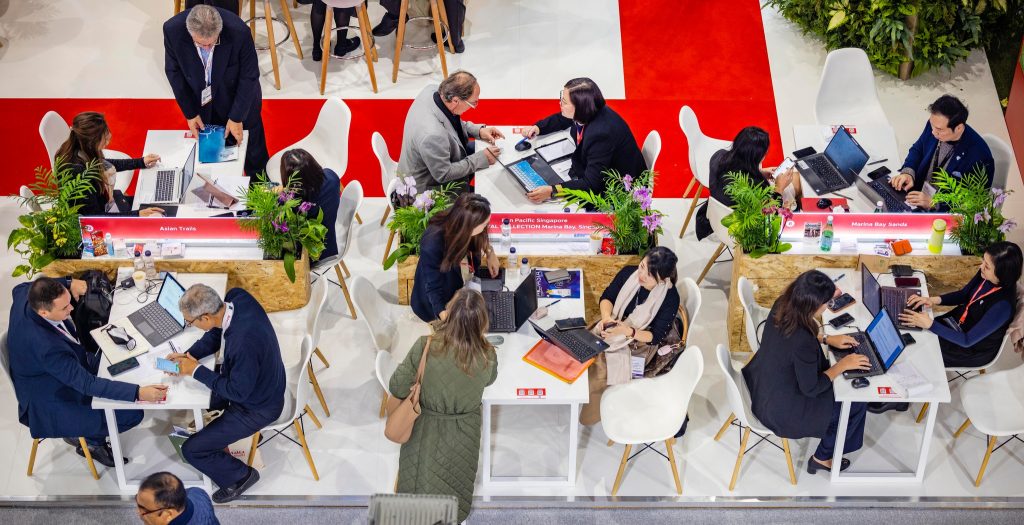Pacing your meeting breaks.

Share news
Listen
Breaks do more than add precious minutes to your meeting agenda. They can actually produce a more effective meeting.
Before going on to managing the meeting breaks, there are two points to note on meetings:
Manage the agenda
When planning the agenda, consider whether splitting the meeting into two shorter meetings would be more appropriate than one long meeting. If it is important to keep the meeting to a single session, scheduling breaks is vital to keeping participants focused, fresh and productive.
Vary the presentation
An average person has an attention span of approximately 20 minutes. A change in speakers or mediums (PowerPoint presentation to round-table discussion) can help refocus participants. The maximum time spent in a meeting without a break should never exceed an hour and a half. A brief 10-15 minutes break should follow after that.
Why pace the meeting breaks?
Matters can be discussed informally in smaller groups
Many times, attendees of a meeting may have questions or comments that may not be related to everyone or the objective of the meeting or may have sometime personal to clarify. At break time, participants can discuss their questions or comments with each other or the relevant persons without interrupting a meeting.
Use the after-break to refocus the meeting and recap important issues
Use the time after a break as a focal point to bring the meeting back to order. People may have lost concentration before the break so itás a good time to refresh the key points discussed.
Refresh and recharge to maintain productivity
A beverage or a light snack, a little pause to ease the “nature call” can recharge your attendees to maintain their productivity for the meeting. This will also avoid distractions of attendees walking in and out of meetings with no scheduled breaks.
Some other tips to help your meeting breaks flow smoothly:
– Communicate the breaks. Be sure to let attendees know at the beginning of a meeting that there will be an opportunity to break and give an approximate time. Remind the time that the meeting will reconvene before letting everyone goes off for the break.
– Organise refreshments during breaks or advise participants where they can get a beverage or quick snack. Avoid over-feeding your attendees though or you may up having a sleepy crowd!
– Discourage eating and drinking beverages in the meeting. Thereás nothing more distracting than someone next to you eating noisily or slurping on a hot coffee.
– Make sure you clearly indicate where the facilities are in off-site locations: toilets, business centres, so that looking for facilities will not prolong the break and delay the meeting…


